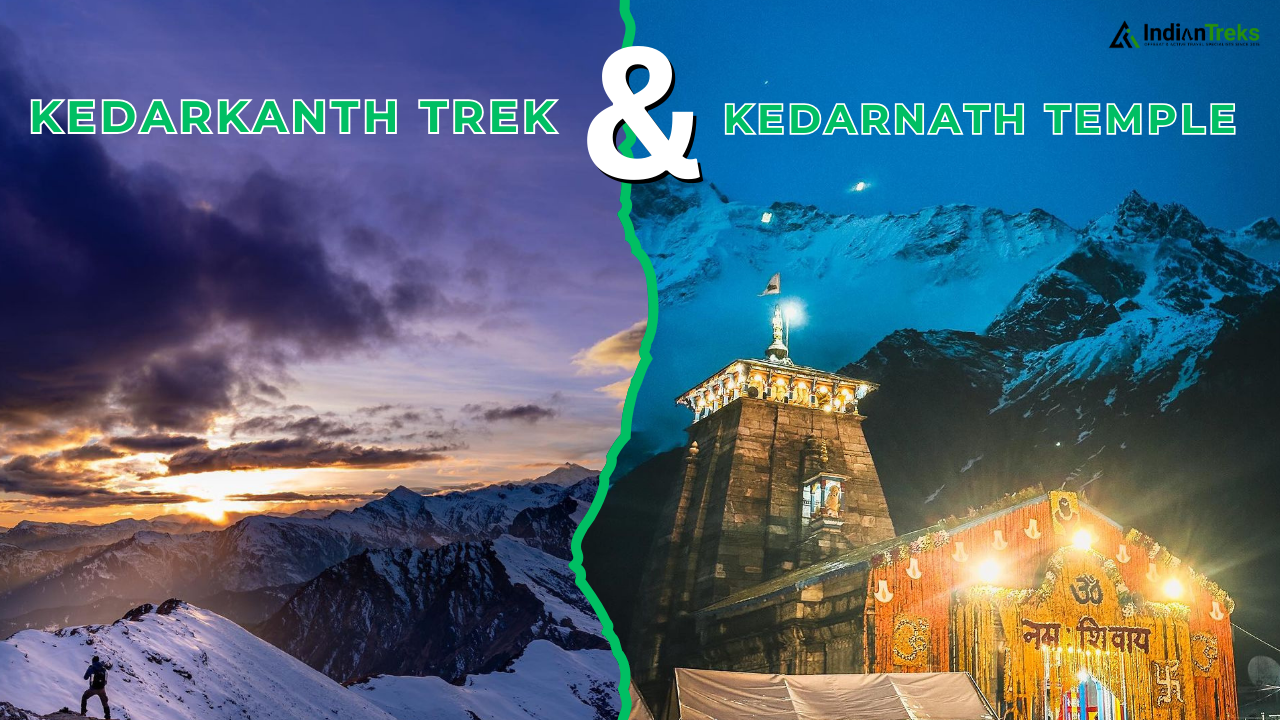Kedarkantha Trek & Kedarnath Temple?
Many trekkers often confuse Kedarkantha Trek and Kedarnath Temple given their similar-sounding names. However, these two destinations are vastly different in terms of terrain, difficulty level, trekking experience, and purpose. Whether you are a beginner looking for a winter adventure or a spiritual seeker planning a pilgrimage, it is crucial to understand the distinctions between the Kedarkantha and Kedarnath treks. This article breaks down their key differences to help you choose the right trek for your next Himalayan journey.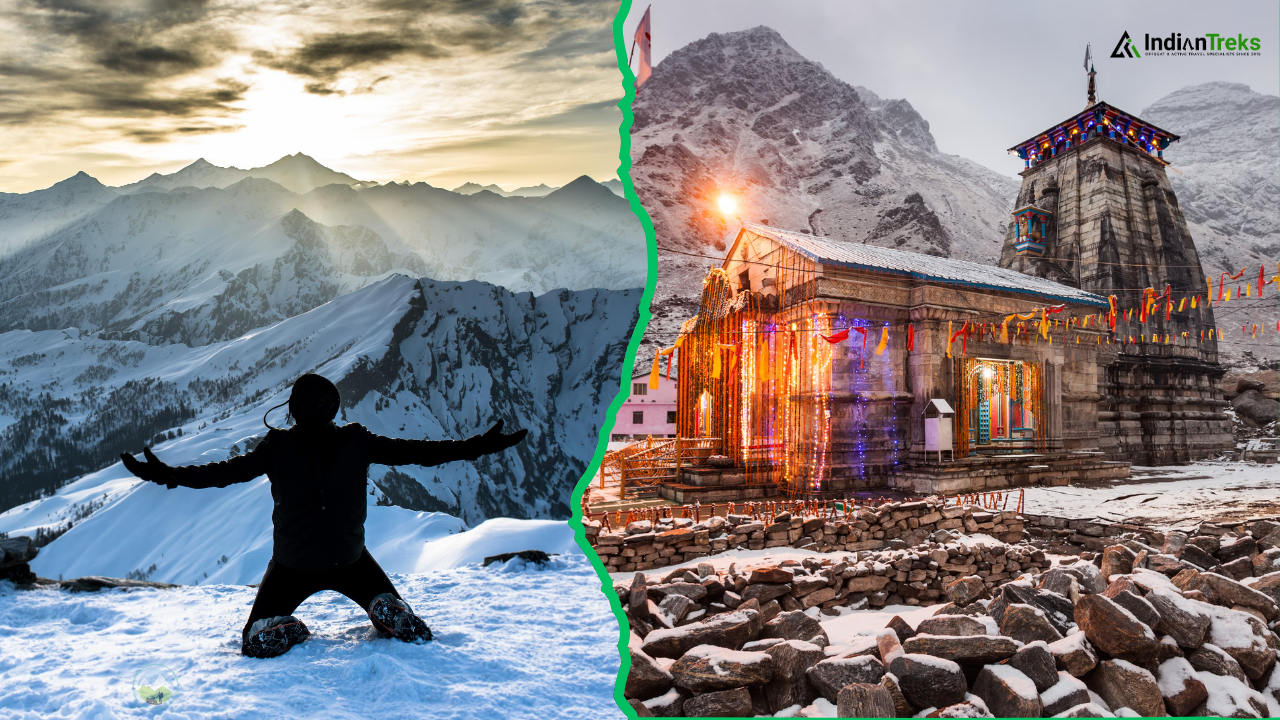
The Kedarkantha vs Kedarnath Trek comparison is essential for those planning a Himalayan trip. Kedarkantha is known for its stunning winter landscapes, while Kedarnath is a pilgrimage with deep spiritual significance. Kedarkantha is a popular winter trek known for its scenic beauty and adventure, while Kedarnath is a sacred pilgrimage trek leading to one of the holiest temples dedicated to Lord Shiva. Below is a brief overview of both treks:
Trek Difficulty: Kedarkantha Trek & Kedarnath Temple
Kedarkantha Trek is one of the most popular winter treks in India, offering a pristine Himalayan experience with its stunning landscapes, dense forests, snow-covered trails, and panoramic summit views. Nestled in the Govind Wildlife Sanctuary of Uttarakhand, this trek is perfect for beginners and experienced trekkers alike.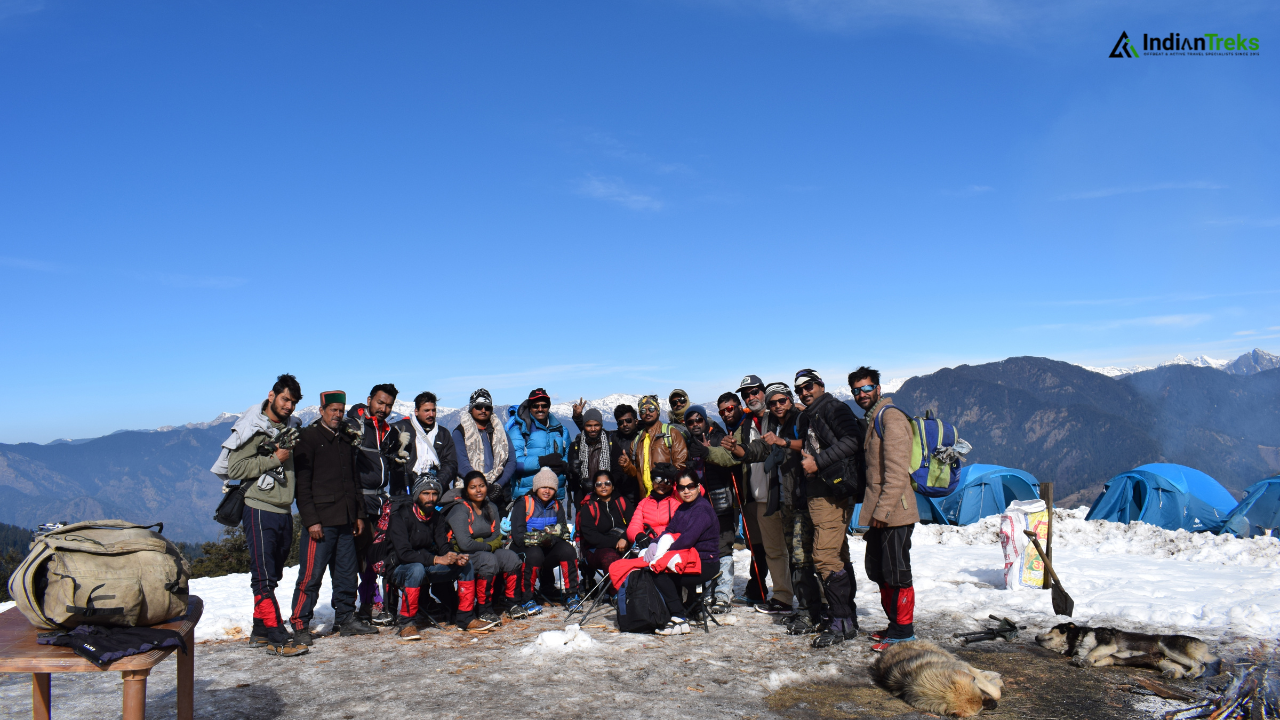
Trekking Experience: The journey to Kedarkantha starts from Sankri, a charming village that serves as the base for several treks in the region. The trail ascends through dense pine and oak forests, occasionally opening up to vast meadows blanketed in snow during winter. The crisp mountain air, the sound of rustling leaves, and the occasional sight of Himalayan wildlife make this trek an immersive experience in nature.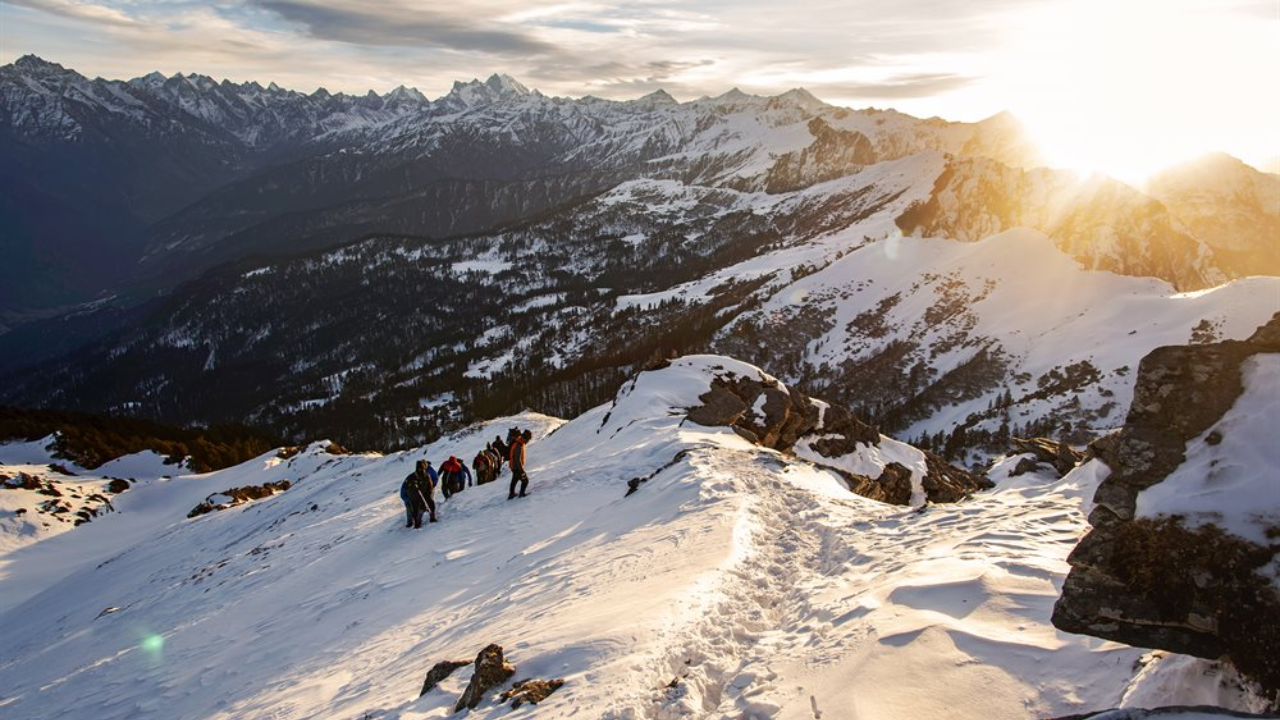
As you progress, you’ll pass through quaint campsites like Juda Ka Talab, a frozen lake surrounded by dense coniferous trees, and Hargaon, a meadow with breathtaking sunrise views. The final ascent to the Kedarkantha summit (12,500 ft) is steep but rewarding, with a 360-degree panorama of prominent peaks such as Swargarohini, Bandarpoonch, Black Peak, and Ranglana.
Location: Uttarkashi district, Uttarakhand
Altitude: 12,500 feet (3,810 meters)
Best Time to Visit: December to April (Winter Trek)
Trek Duration: 4 to 6 days
Difficulty Level: Easy to Moderate
Trek Type: Adventure, snow trekking
Special Attractions: Stunning winter landscapes, snow-covered pine forests, 360-degree Himalayan views
The trek to Kedarnath Temple, one of the twelve Jyotirlingas of Lord Shiva, is not just a spiritual journey but also an adventure through the rugged Himalayan terrain. Located at an altitude of 11,755 feet in the Garhwal Himalayas, Kedarnath Temple is accessible via a 16 km trek from Gaurikund.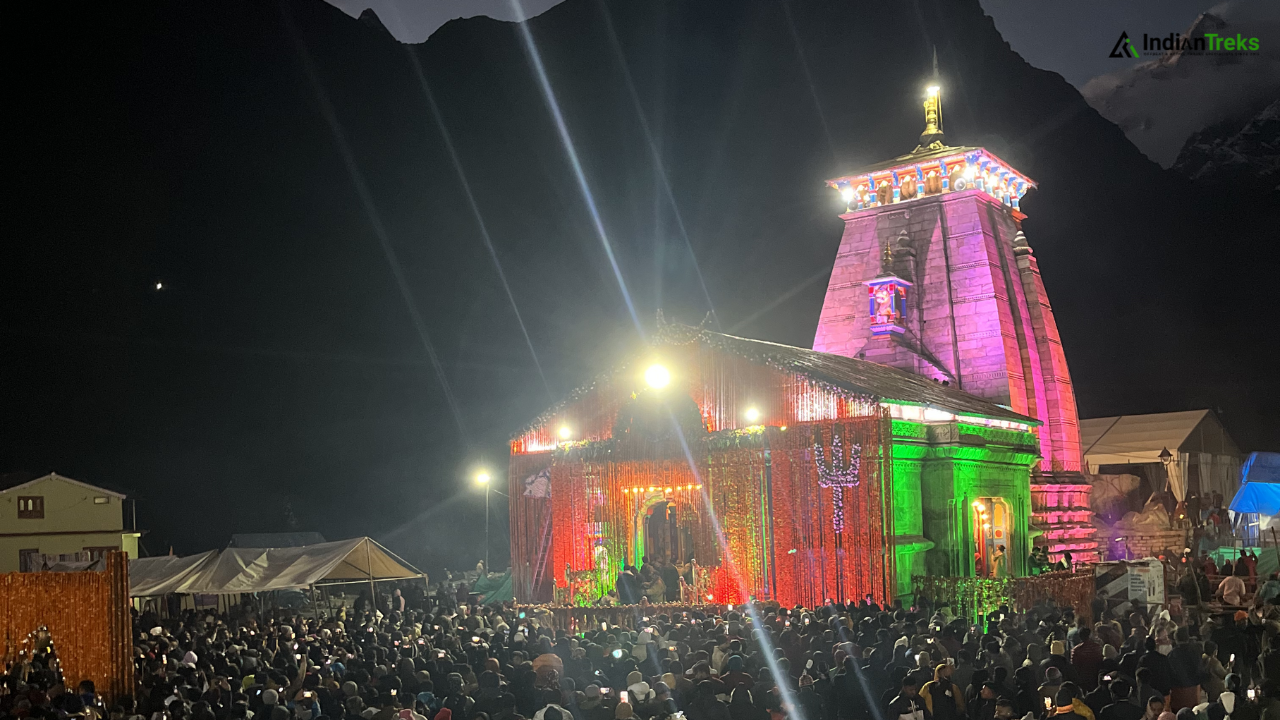
Trekking Experience: The pilgrimage begins from Gaurikund, a site known for its hot springs and religious significance. The trail to Kedarnath is a mix of paved paths, steep inclines, and rocky terrain. Pilgrims and trekkers pass through scenic spots such as Jungle Chatti, Bheembali, and Linchauli, each offering breathtaking views of the Mandakini River and the towering Himalayan peaks.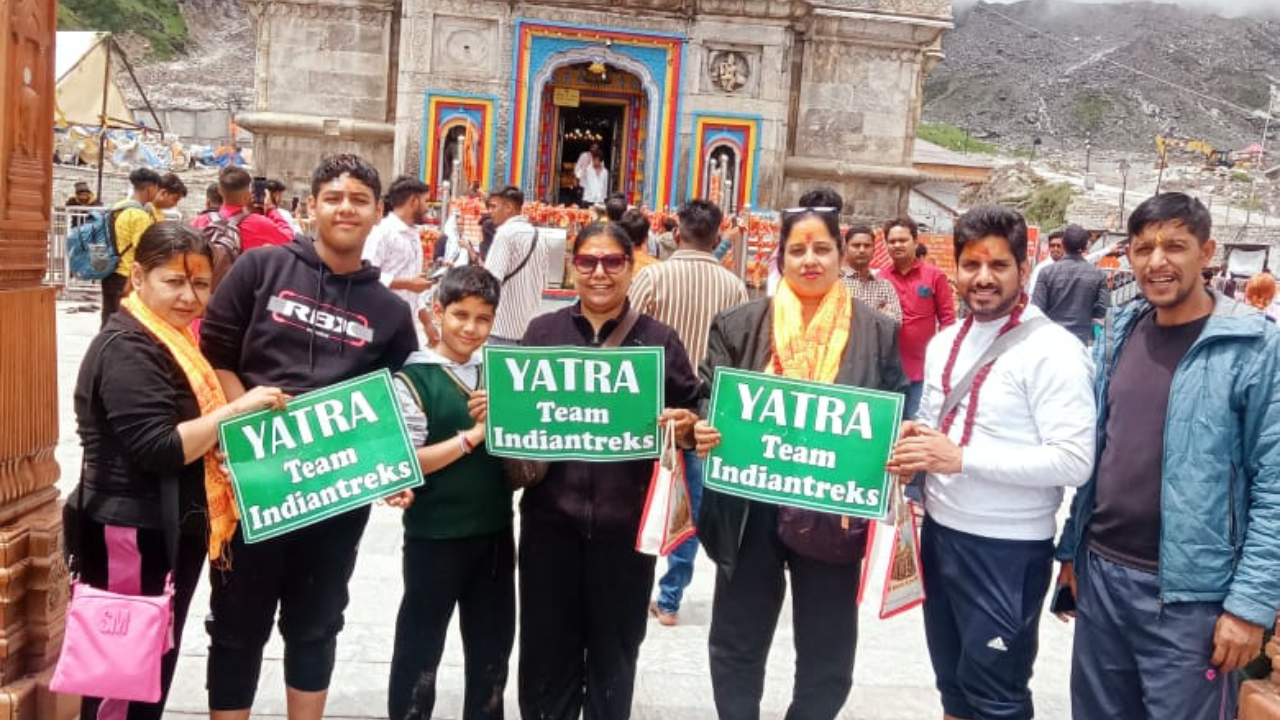
Along the route, small dhabas and shelters provide rest points for weary trekkers. The journey, though physically demanding, is spiritually uplifting as chants of “Har Har Mahadev” fill the air. Upon reaching the temple, trekkers are rewarded with the divine sight of Kedarnath Temple, standing resilient against the backdrop of snow-clad peaks, including Kedar Dome and Bharatekunta.
Location: Rudraprayag district, Uttarakhand
Altitude: 11,755 feet (3,583 meters)
Best Time to Visit: May to October (Pilgrimage Season)
Trek Duration: 2 to 3 days
Difficulty Level: Moderate to Difficult
Trek Type: Religious pilgrimage
Special Attractions: Kedarnath Temple, Mandakini River, spiritual atmosphere
Best Season to Visit Kedarkantha Trek & Kedarnath Temple
Kedarkantha is a year-round trekking destination, but the experience varies with each season.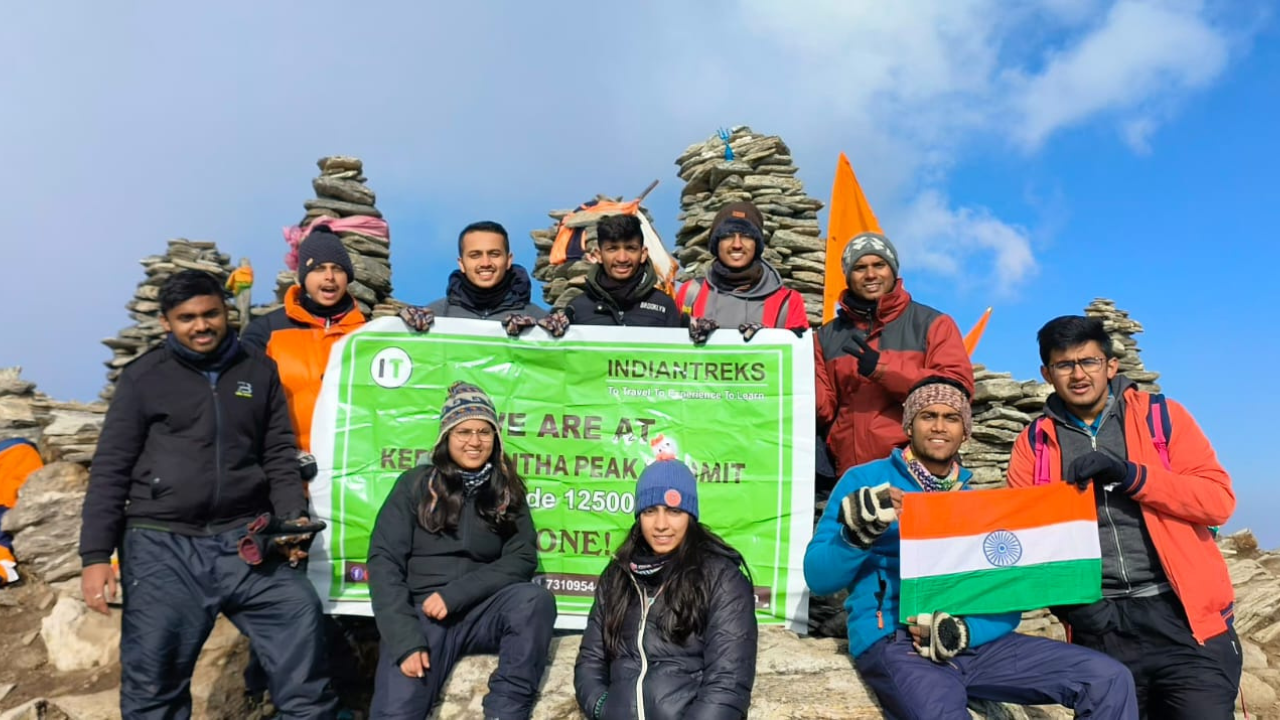
Winter (December to March) – Best for Snow Lovers
Witness the magical snowfall and pristine white landscapes. The trek is famous for its stunning winter views, making it one of the best snow treks in India.
Spring (April to June) – Best for Pleasant Weather
Enjoy clear skies, blooming rhododendrons, and lush green meadows. This season offers comfortable trekking conditions and breathtaking views of the Himalayas.
Monsoon (July to September) – Not Recommended
Heavy rainfall can make the trail slippery and risky. However, post-monsoon, the greenery is at its peak.
Autumn (October to November) – Best for Clear Views
Enjoy crisp air, golden landscapes, and uninterrupted views of the snow-clad peaks. Ideal for photographers and nature lovers.
Best Time to Trek Kedarkantha: December to March for snow, October to April for clear weather.
The sacred Kedarnath Temple opens for devotees in summer and remains closed during winter.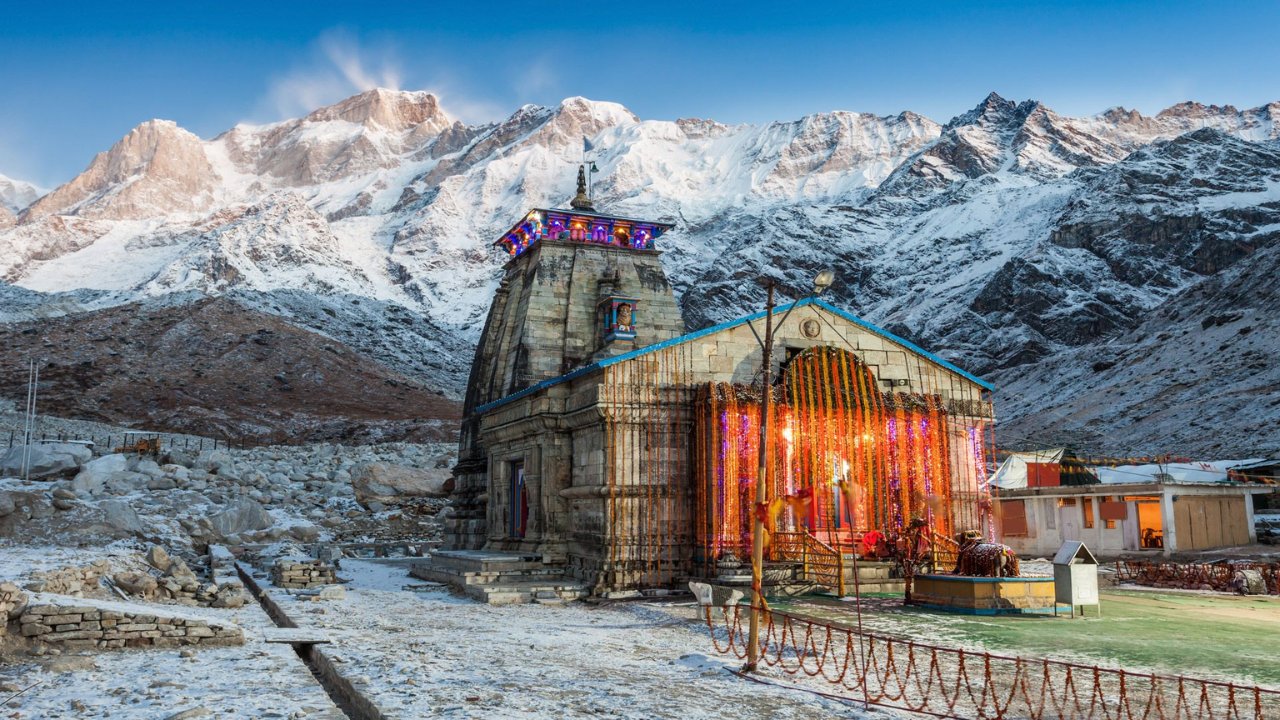
Summer (May to June) – Ideal for Pilgrimage
The temple opens in May (Akshaya Tritiya) and sees a huge influx of devotees. The weather is pleasant (5°C to 20°C), perfect for darshan and trekking to the temple.
Monsoon (July to September) – Risky but Lush
The valley is lush and beautiful, but landslides and heavy rains make the journey challenging. Pilgrims must be extra cautious.
Autumn (September to October) – Best for Clear Weather
This is the best time to visit Kedarnath Temple. The crowds reduce, and the weather is cool and clear, making it a great time for a peaceful pilgrimage.
Winter (November to April) – Temple is Closed
Due to heavy snowfall, the temple shifts to Ukhimath, and the Kedarnath region is inaccessible.
Best Time to Visit Kedarnath: May to June & September to October for the best experience.
Kedarkantha Trek – The Summit of Dreams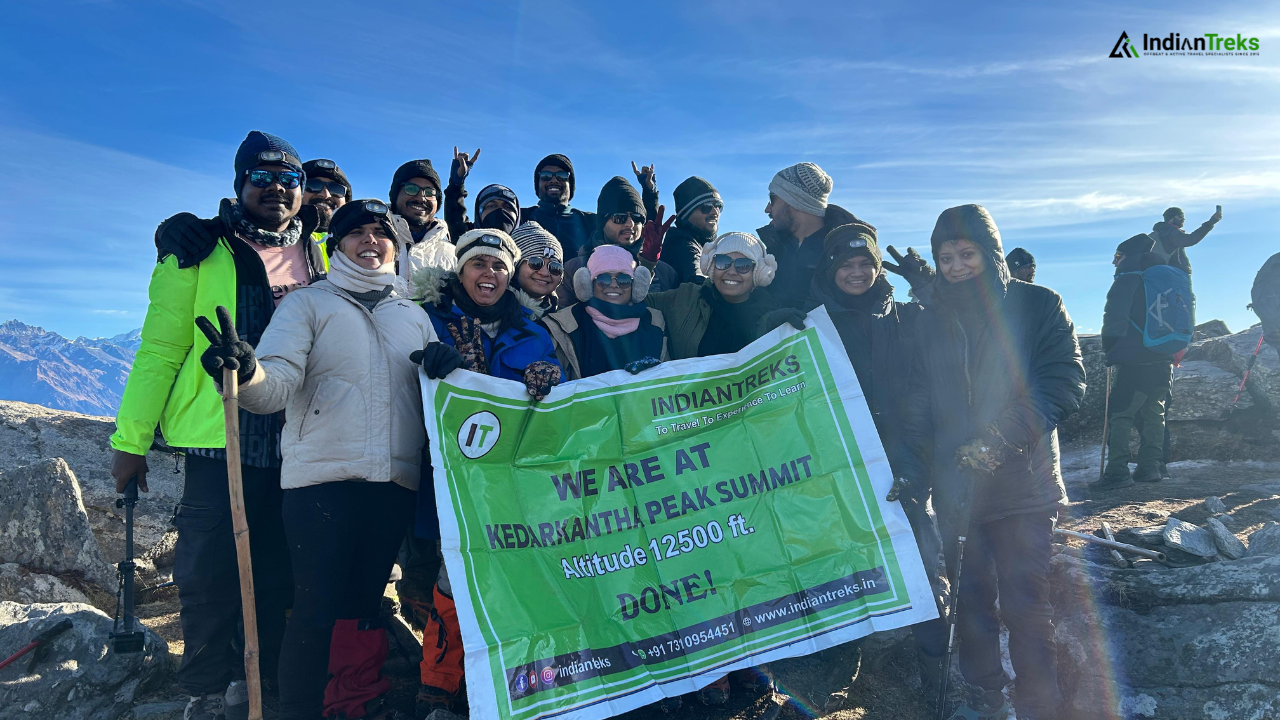
What Frequent Trekkers Say:
1. Kedarkantha is not just a trek; it’s a story written in snow, pine forests, and starlit nights. The moment you step onto the trail, nature embraces you in its untouched beauty.
2. The sunrise from Kedarkantha Summit is an emotion! As the first golden rays touch the peaks of Swargarohini, Black Peak, and Bandarpoonch, you realize why the Himalayas are called divine.
3.The campsites are unreal—Juda Ka Talab, with its frozen lake, feels like a scene from a fantasy movie, while Kedarkantha Base gives you a front-row seat to a galaxy of stars at night.
4. If you love adventure, try sliding down the snow slopes while descending—it’s the most thrilling part of the trek!
5.Trekking through the dense pine and oak forests is pure bliss. The crisp mountain air, the crunch of fresh snow underfoot, and the scent of Himalayan cedar make every step feel meditative.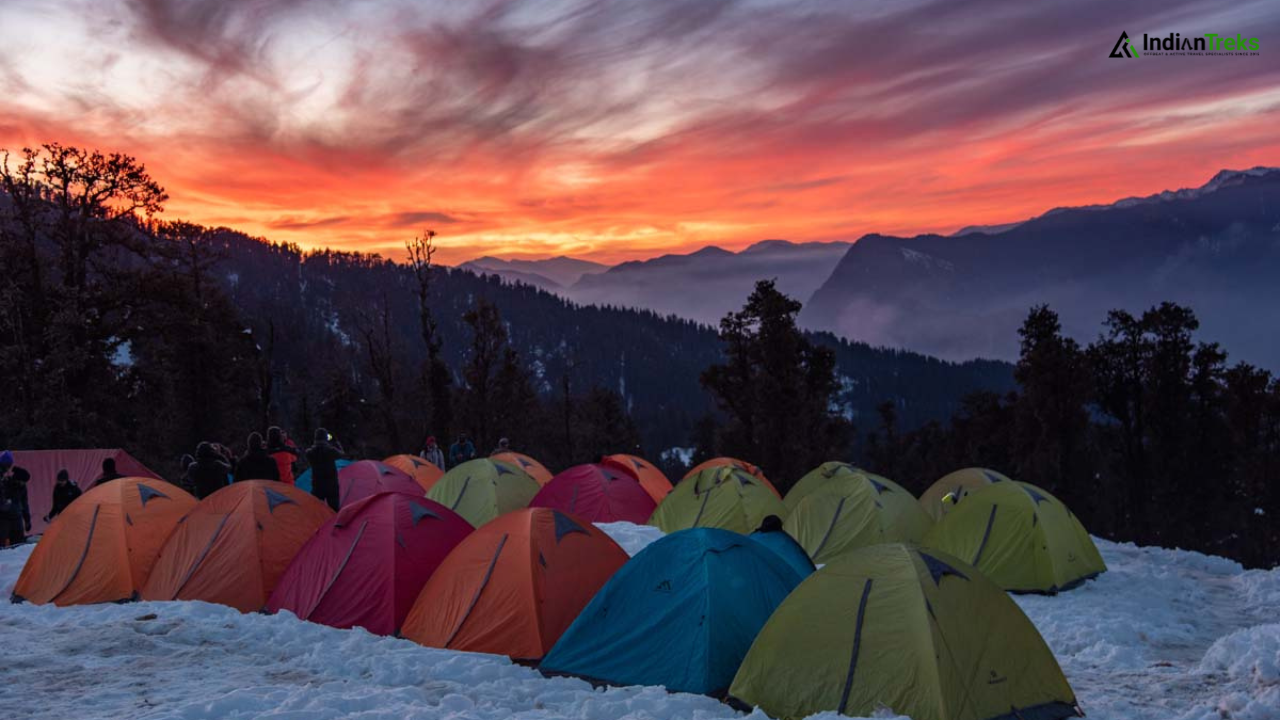
Why Frequent Trekkers Love Kedarkantha:
A perfect trek for beginners & seasoned trekkers—manageable yet rewarding
A winter wonderland—thick snow from December to April
A summit climb that feels like an achievement—stunning 360° Himalayan views
Starry nights & dreamy campsites—an experience of solitude and magic
Kedarnath Temple – Where Devotion Meets the Mountains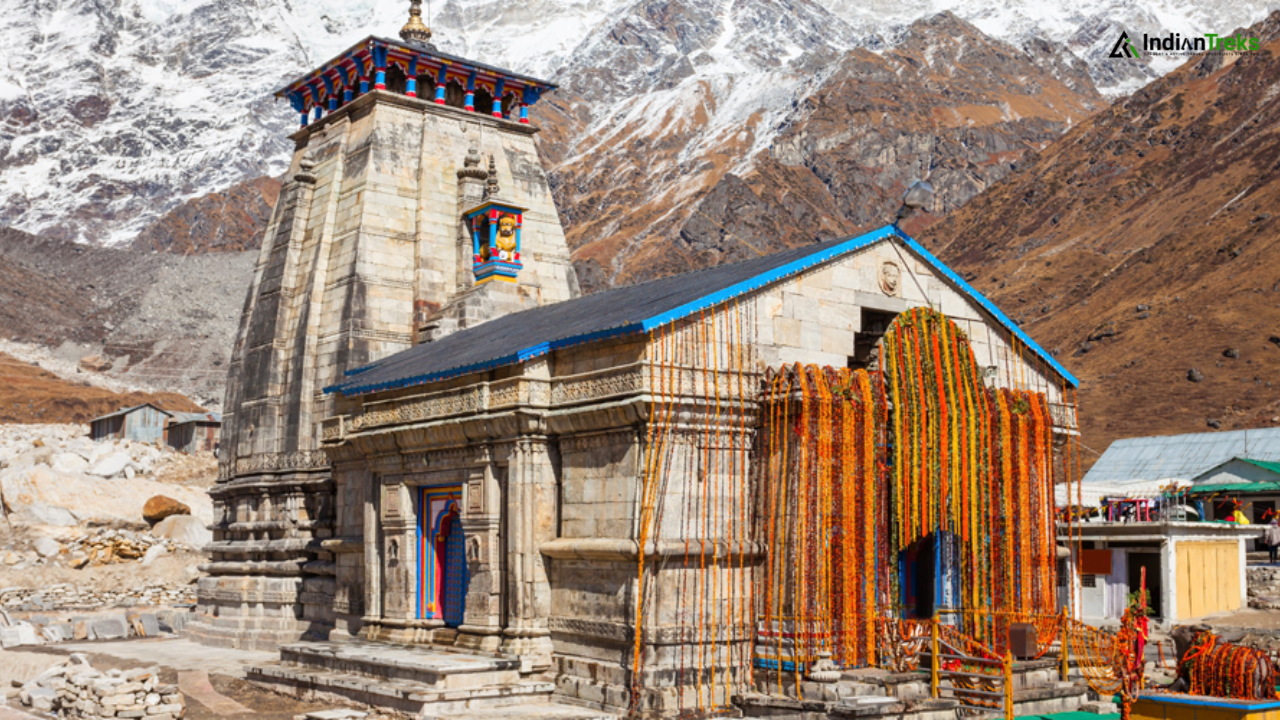
What Pilgrims & Travelers Say:
1. Reaching Kedarnath Temple is not just about the journey—it’s about surrendering yourself to the divine energy of the Himalayas. The temple stands as a testament to faith, resilience, and the undying spirit of Shiva devotees.”
2. As you walk through the 16 km trek from Gaurikund, every turn surprises you—with cascading waterfalls, towering cliffs, and the roaring Mandakini River guiding your way.”
3. The moment you step inside the temple, time seems to pause. The chants of ‘Har Har Mahadev’ echo against the mountains, sending shivers down your spine.”
4. At dawn, when the temple bells ring, and the first light touches the sacred shrine, you feel an unexplainable peace—a connection beyond words.”
5. The journey is tough, yet every pilgrim finds strength from within. Maybe that’s the real miracle of Kedarnath—it teaches you endurance, patience, and unwavering faith.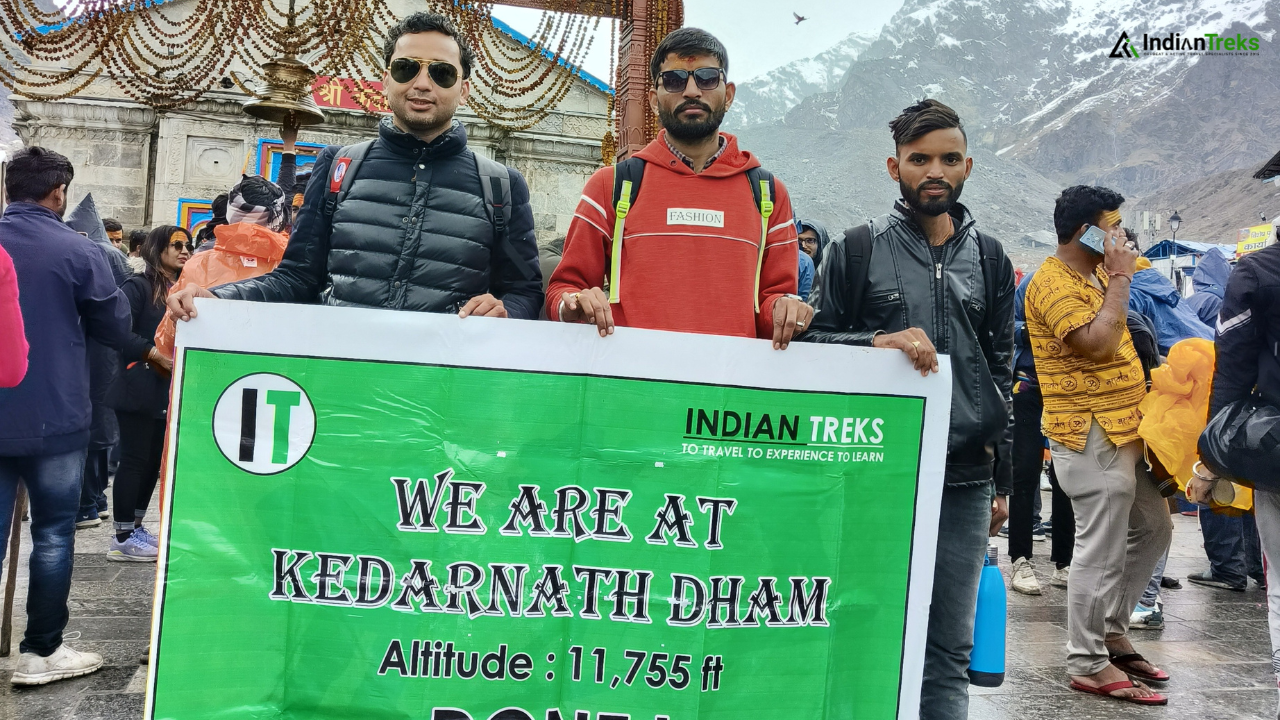
Why Pilgrims & Trekkers Feel Connected to Kedarnath:
A spiritual and physical journey—a test of willpower and devotion
Unparalleled natural beauty—surrounded by breathtaking glaciers and peaks
The legendary temple—one of the 12 Jyotirlingas, standing strong for centuries
The Himalayan energy—something beyond words, but deeply felt
Conclusion
Both Kedarkantha and Kedarnath offer extraordinary experiences but cater to different interests. If you seek adventure, snow trekking, and panoramic Himalayan views, Kedarkantha is the perfect choice. On the other hand, if your journey is driven by spirituality and devotion, Kedarnath is an unparalleled pilgrimage destination. Consider your interests, physical ability, and travel goals before making a choice, and embark on the trek that aligns best with your aspirations. Either way, the Himalayas promise a journey of a lifetime!
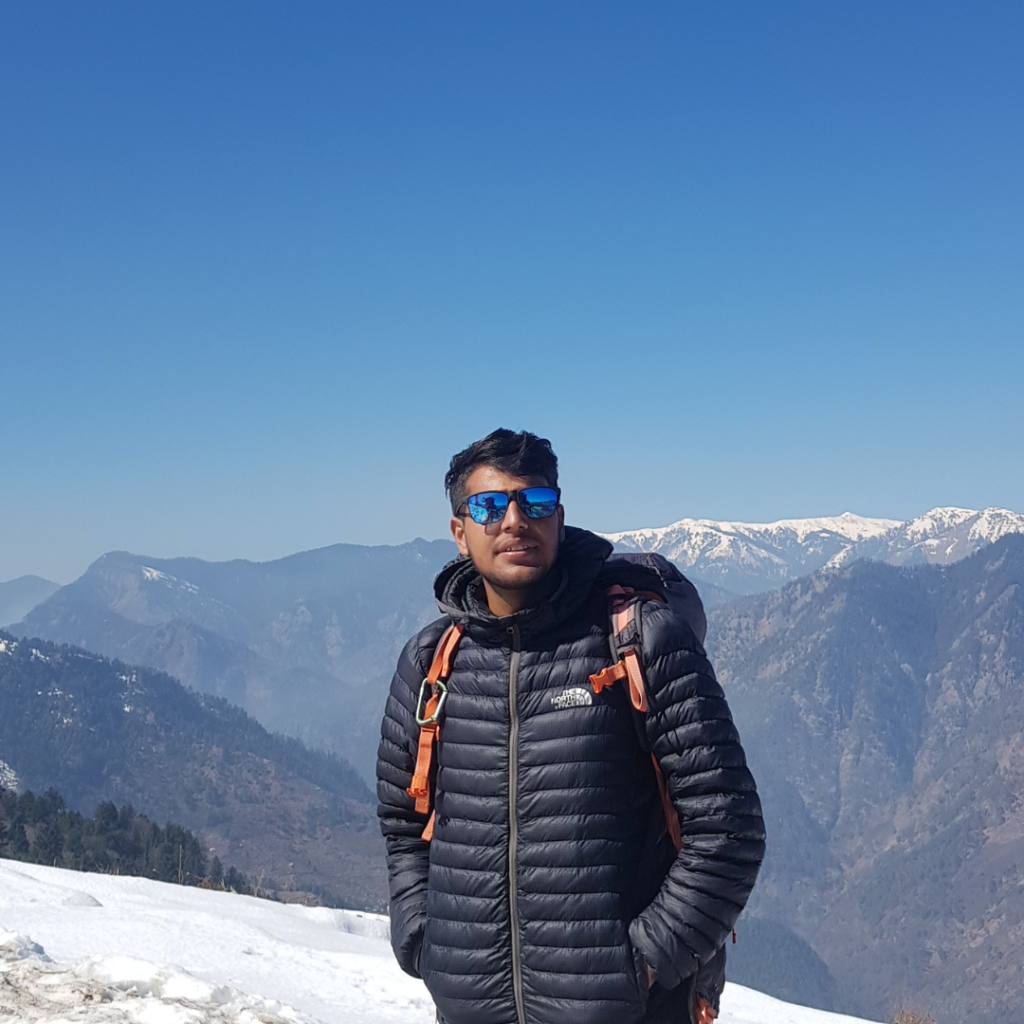
About Author – Vivek Rana
With nearly 10 years of experience in high-altitude guiding, the founder of this trekking organization is more than just a trek leader—they are a pioneer of adventure in the Himalayas. Having conquered multiple 6000-7000 meter peaks, they have led over 150 treks across the most breathtaking and challenging terrains, including Har Ki Dun, Kedarkantha, Borasu Pass, Bali Pass, Buran Ghati, Rupin Pass, Pin Bhabha, and the mighty Black Peak.
Their deep-rooted connection with the mountains isn’t just about reaching summits—it’s about creating life-changing experiences for those who dare to explore. Every expedition they lead is an invitation to step beyond limits, embrace the wilderness, and feel the raw power of the Himalayas like never before.
This is not just trekking; this is a journey into the heart of the mountains—with a guide who knows them like a lifelong friend.

